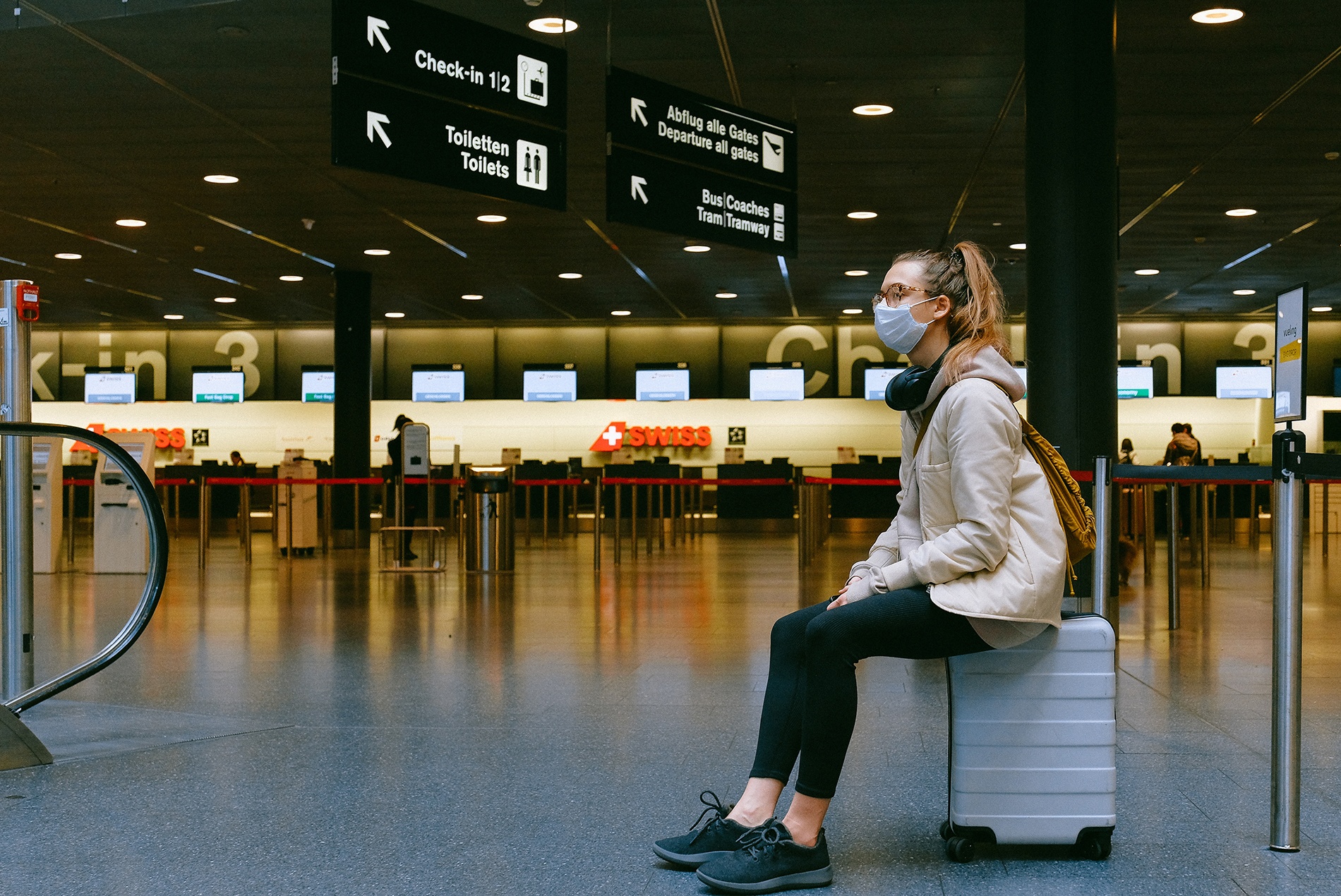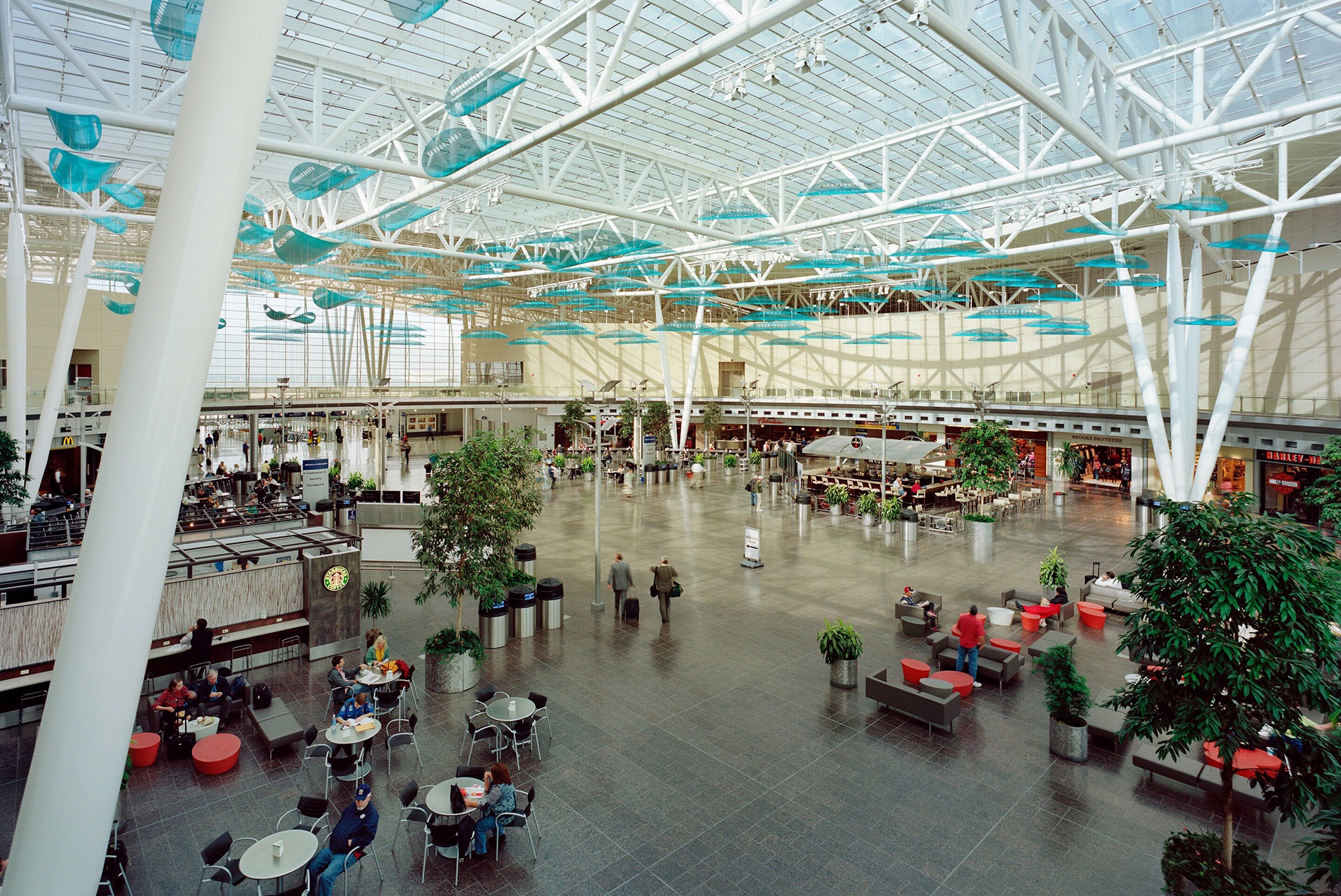Though COVID-19 has severely crippled global air travel, the industry will rebound.
Past epidemics and pandemics such as SARS, swine flu, MERS, Ebola and Zika virus disrupted global air travel to different degrees. But the severity of COVID-19 blindsided the U.S. aviation industry in ways not experienced since the terror attacks of 9/11.
How this plays out for the aviation industry will begin with the fiscal stimulus the federal government provides to airlines and airports. In the U.S., in addition to the Coronavirus Aid, Relief and Economic Security (CARES) Act, this crisis may provide an impetus for the government to increase passenger facility charges (PFCs). Since this charge was implemented in 2002, travelers in the U.S. have paid a modest $4.50 per flight segment. Airports use this money to fund improvements, renovations and expansions. Raising this passenger fee would help airports, which will be critical to the country’s economic recovery.
As airlines, airports and municipalities pause to assess their priorities and determine what’s coming next, HOK’s Aviation + Transportation group has been coordinating with our planning, forecasting and operational industry partners on next steps.
We have long planned passenger terminals to be open and flexible to accommodate expected and unforeseen changes. For this reason, we do not foresee a need to make significant physical changes to terminals in response to COVID-19. Technology is the friend of designers defining interventions for fever detection, infection control, social distancing and other disease prevention measures that can be put in place as quickly as possible.
 Photo by Anna Shvets from Pexels
Photo by Anna Shvets from Pexels
Fever Detection
For now, airports can use thermal scanners and handheld thermometers to screen arriving and departing travelers for fevers and determine whether they’re eligible to fly. In the long term, airports will be exploring more comprehensive passenger wellness screening solutions. There will be additional medical clinics within airports for use by passengers as well as airport and airline employees.
One question is what the TSA (or perhaps a newly formed health agency) will do with people flagged with symptoms? Will they contain the identified passenger or everyone on the flight? Airports can allocate more space for quarantine areas for people displaying symptoms. But how do they then control their movement out of the airport to another facility or hospital? Federal regulators will need to define nationwide policies and protocols.
Infection Control
Airports will need to make every step of the passenger journey feel safer in terms of infection control. Many already have paperless ticketing, automated doors, restroom motion sensors and doorless restroom entries.
Moving forward, there will be a move toward providing complete automation and touchless technology in ticket lobbies, gate lounges and baggage claim areas. Terminals will have more touchless concessions and self-service kiosks with mobile ordering.
There will also be questions about sanitation when using trains, taxis and rideshare services to come and go from airports. Can they be cleaned and disinfected after each use, as with airplanes?
Social Distancing
The TSA could ease congestion in security screening lanes by implementing use of facial recognition and Advance Imaging Technology body scanners that allow passengers to simply walk through without stopping.
Designers will be looking at different ways of planning gate holding areas to give people additional space. This will be more quantified. Even the way seats are assigned by the airlines, as well as IATA standards, could change to support social distancing.
At LaGuardia Airport’s new Terminal B, there are a variety of post-security spaces—whether in the retail marketplace or in the bridge above the aircraft taxi lanes—where people can spread out and walk around as they wait to board their flights. The new terminal at Salt Lake City International Airport has an expansive retail and food court where passengers can wait. These options give passengers choices, so they don’t have to sit together right outside the gate.
On the Horizon
In the midst of this pandemic, it’s impossible to fully predict how coronavirus may alter long-term travel patterns and passenger behavior. For now, though, airport planners and designers can help our clients develop remedial plans for retrofitting terminals to accommodate these solutions. Going forward, these strategies will be an integral part of the planning and design of all terminal projects.
